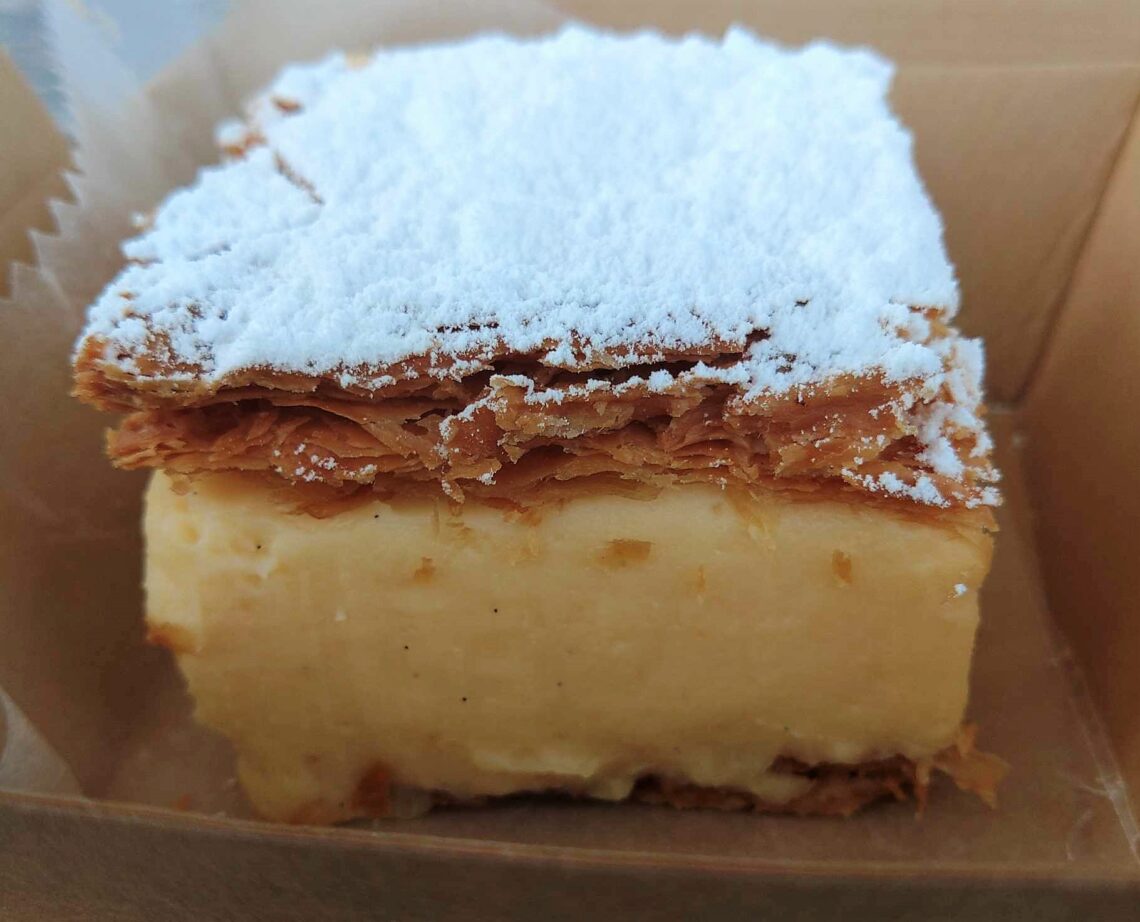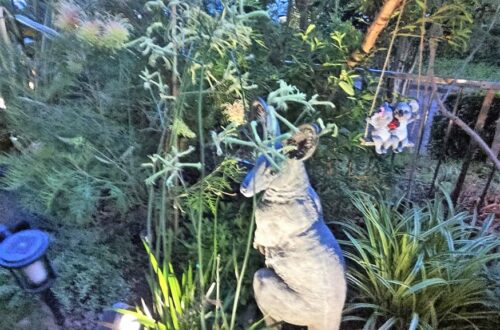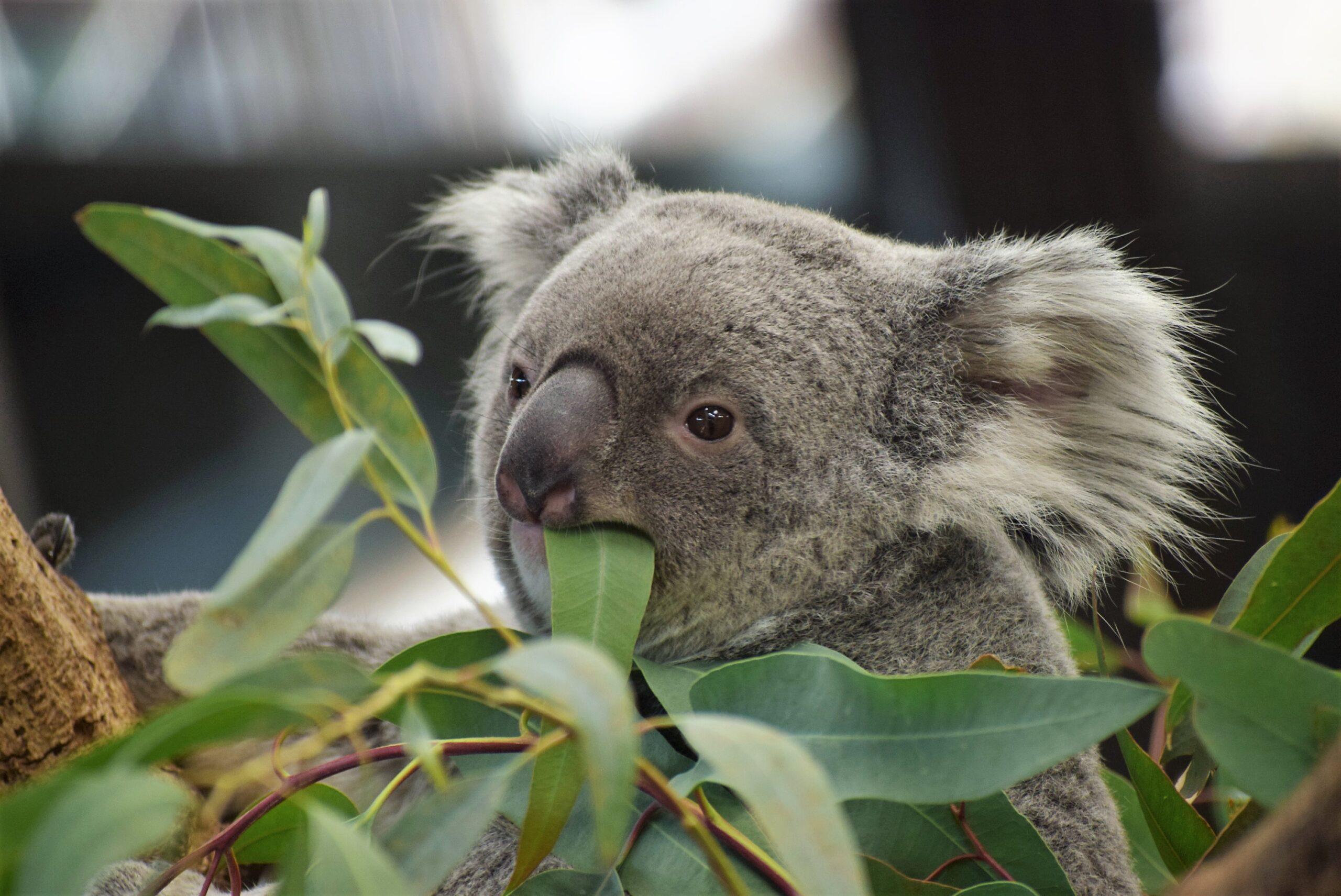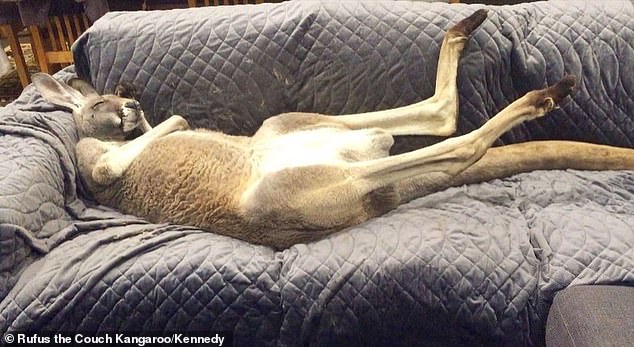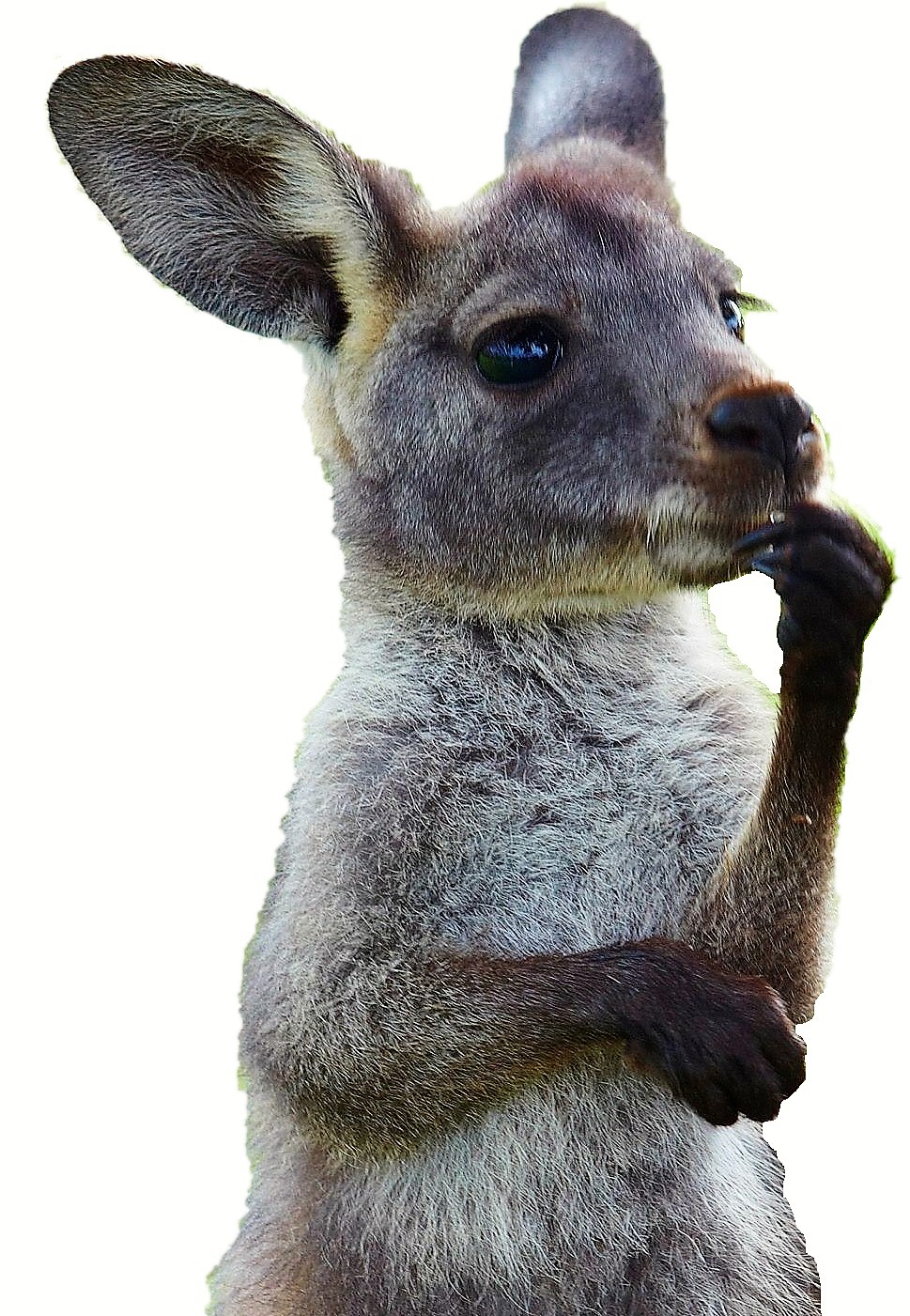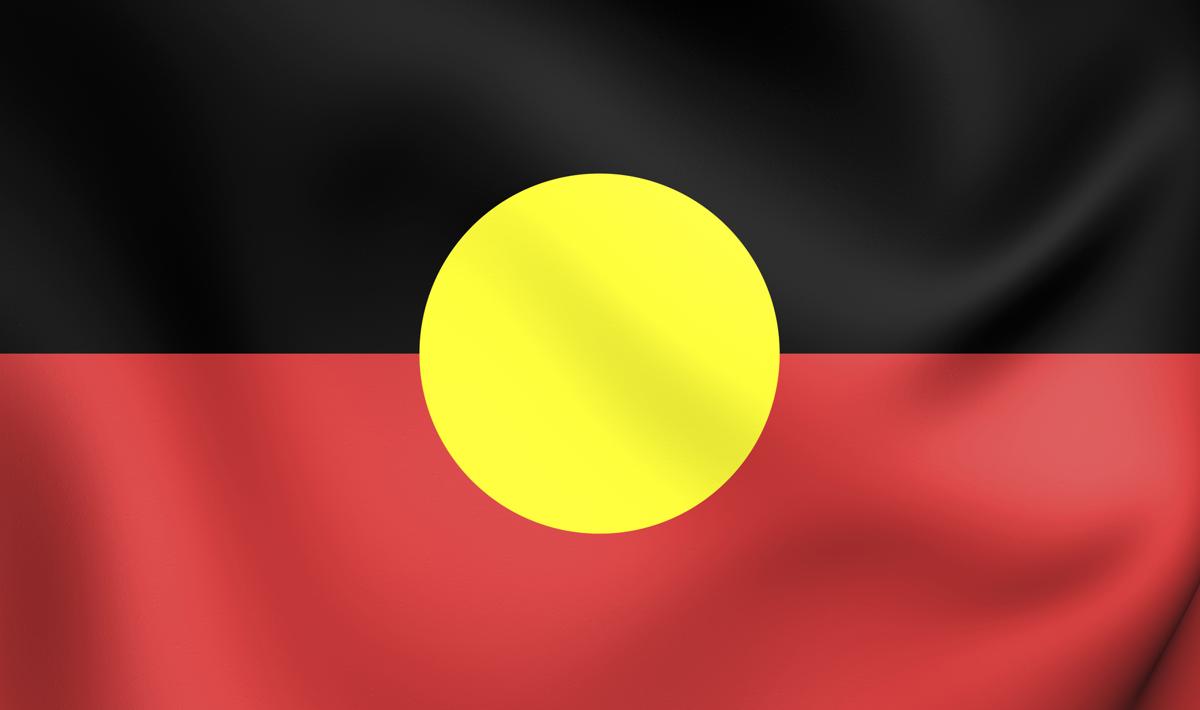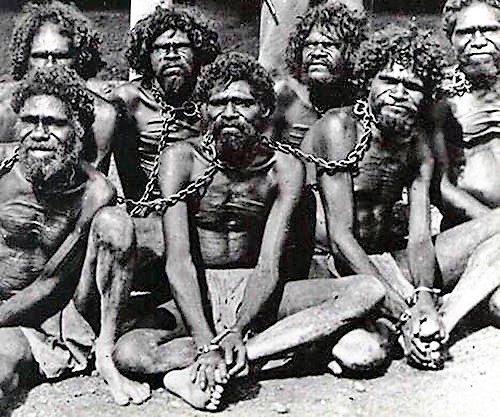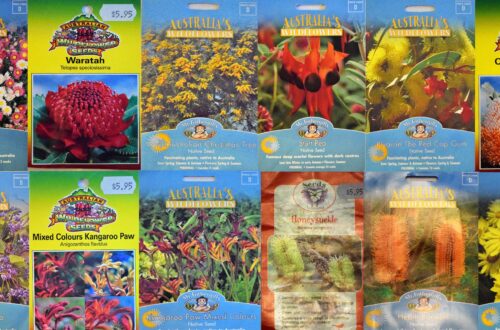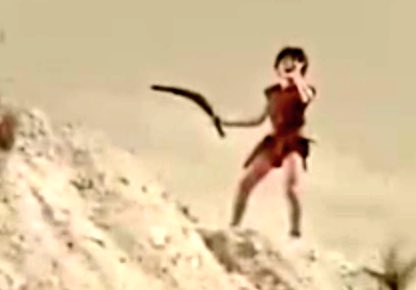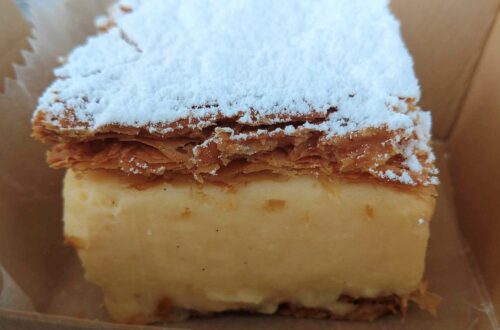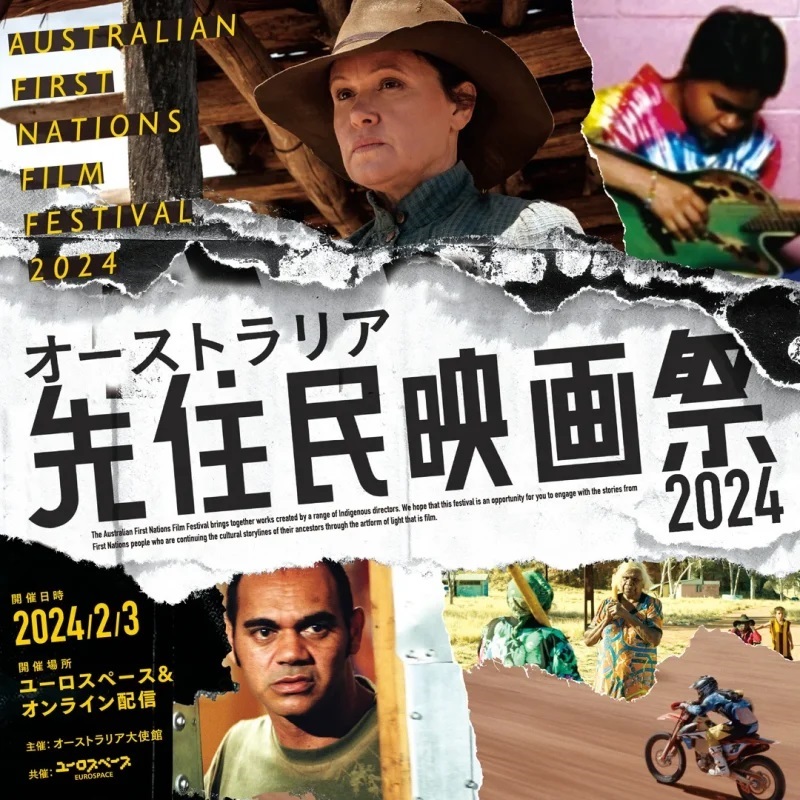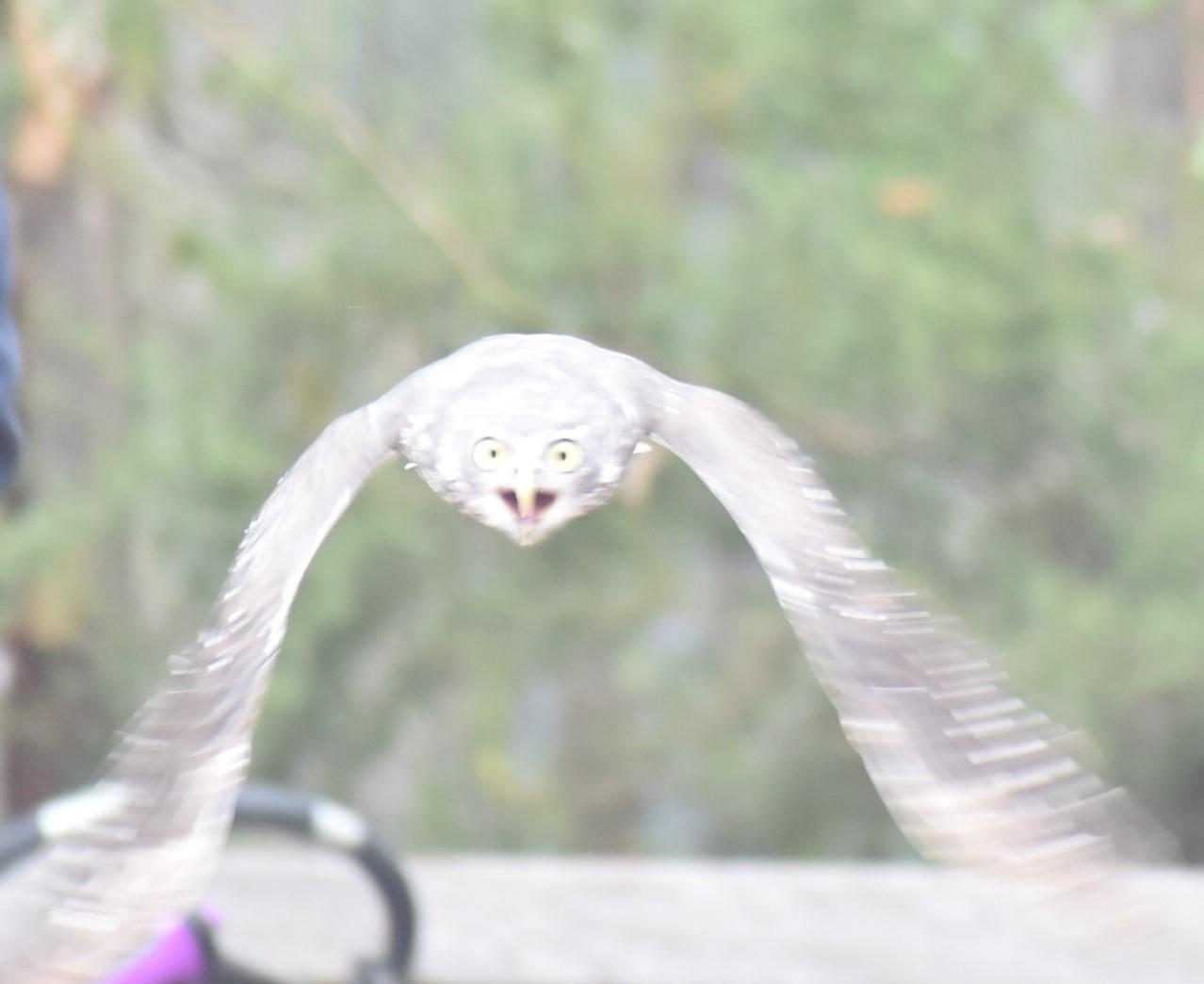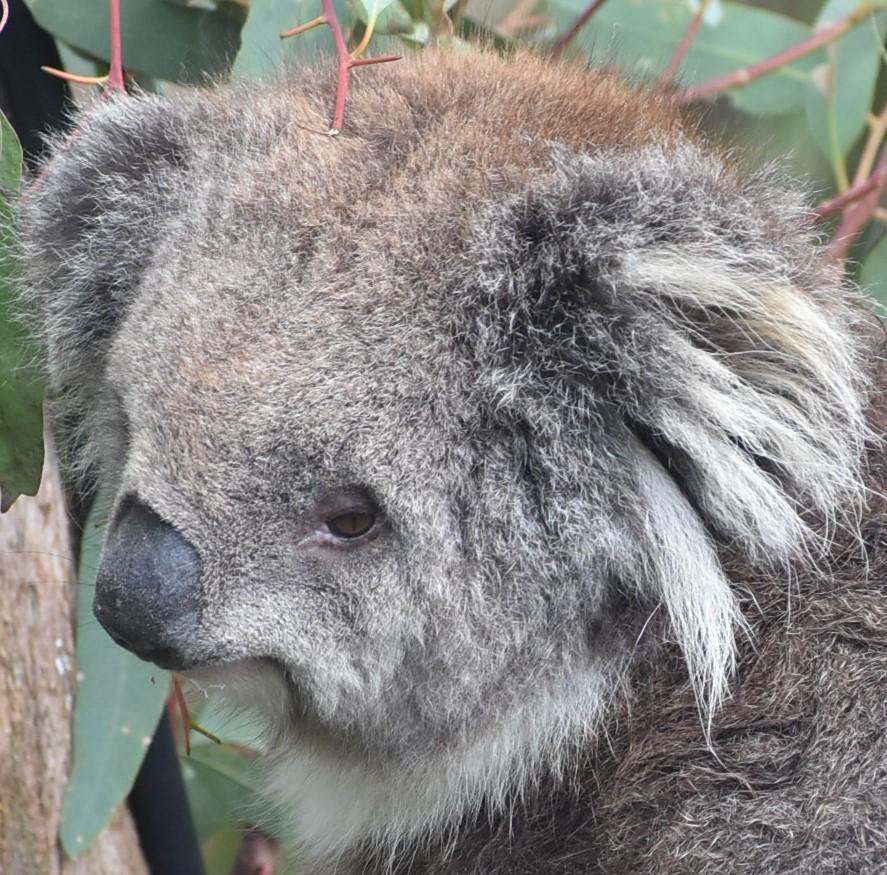Something was amiss with the start of the weekend when I was barely able to sleep, spending a restless night ahead of plans to head into central Tokyo to pick up some parts, but little did I know that a vanilla slice “snot block” was on the way to rescuing me. Using the restlessness to advantage, I got stuck into the garden, weeding and then being able to cut the lawn courtesy of a quiet push mower and getting down on my hands and knees to manually trim the edges. A quick clean of the Brommie, which has been squeaking…
-
-
Has Kangaeroo mentioned that he’s got a garden? And he loves it! Just in case he hasn’t, let me remind you again that Kangaeroo Corner is a little Aussie plants garden in comfy outer suburb of Tokyo. And playing a prominent role in that Aussie garden is the Fountain of Strewth. At first glance, there seems to be nothing untoward about the fountain (which is actually a bird bath with a solar-power water sprayer, but still….). Except, of course, that few Tokyo homes have a fountain. But this is a little special, and that’s where the strewth factor comes into…
-
the worst sports movie ever made.” Kindly, as it turns out. Matilda was a dreadful, alleged comedy about a boxing kangaroo that challenges for the world heavyweight champion title. The movie was made in 1978, when Elliot Gould, who was then still not too far off the peak of a career that continues going strong today. Co-starring was another A-lister, Outback Steakhouse can attest, Americans don’t really put a lot of weight into authenticity when it comes to Down Under. Matilda was based on a Paul Gallico, whose research into Australia and kangaroos was so extensive he gave the male…
-
考えRooがオーストラリアについてプレゼンをしましたので、その内容が以下の通りとなりました。コメントなどをぜひ送ってください。 今のオーストラリアの概要 * オーストラリアはラテン語で「南大陸」という意味 * 本土に加えてタスマニア島を含め数多くの島々で構成、面積はおよそ770万㎢であり、日本の約25倍ある * GDPが世界19位、一人当たりのGDPは世界9位 * 人口が2500万人弱、日本の約5分の1 * 住民の80%以上がヨーロッパ系の白人であり、その他にアジア人が約12%、先住民などが約2% * ヨーロッパ人在住が1788年から始まり、イギリスの刑務植民地として開拓された * 当時、イギリス法はオーストラリアを「無人」扱いだったが、先住民がそこですでに数万年間住んでいた オーストラリア先住民 * 昔、「アボリジニ 」として呼ばれた * まだ使われているが、「土人」という意味なので「先住民」、「原住民」、「ファースト・ネーションズ」や特定部族名を使うことが主流 * 先住民の定義は、植民地化以前にトレス海峡諸島民を含めてオーストラリア大陸及び周辺諸島に移住した人の子孫 * 現在、援助対象の場合を除き「先住民」認可は基本的に自己申告 * 植民地化当時人口が約300万人とされているが、今の先住民人口は約65万人であり、全体のおよそ2.8% ドリーミング * 先住民の宗教にあたるのは「ドリーミング、夢の時」 * 個人のすべての過去と現在と未来がつながっていると信じる * 各個人のドリーミングが違い、独特なものである * 部族の象徴でも、習慣でもドリーミングになる * 全ての知識が先祖から集まると信じる * 死後、名前を使用することが禁じられている * 死後、再び土と一緒になると信じる * 宗教同様、多くの神話が部族によって異なった * 共通神話が「虹蛇」 * 虹蛇が創造神話の中心となっている、世界を創ったとされている * 全てのものが土と一緒になるため聖地が多い * 有名な例がウルル(エアーズロック)。聖地であるため、最近、2019年から登山禁止されることが発表 コロボリー * 踊り、音楽、仮装でドリーミングと交流する儀式 * 参加者が体に絵を描く * 原則として誰でも参加できるが女性などが禁止されたコロボリーもあった アボリジナル旗 * アボリジナル旗は先住民族の旗であり、オーストラリアの公式な国旗の一つ * 1971年にハロールド・トーマス(Harold Thomas)によってデザインされた * 黒は、先住民族の黒い肌の色を表す * 赤はオーストラリアの土の色であり、過去も未来を表す * 黄色い丸は生命源である太陽を表す 先住民部族 * 元々先住民は600以上の部族があった * 各部族に特有文化及び言語があった * 先住民言語の多くは絶滅したが、未だに120種類以上が使われている * ほとんどの先住民が英語を母国語としている * オーストラリア・アボリジニ英語が出来た 世界最長継続文化 * 先住民がオーストラリア到来以降狩猟採集社会となった * 未だに狩猟採集社会が北部のアーネム半島を中心に継続している * 継続している文化で世界で最も最長となっている * 最後の未接触部族が1984年にオーストラリア中央部にて発見された * 先住民のほとんどが遊牧民族 * ほんの一部を除けば、入植当時農業がほとんどなかった * 「領土」の感覚がなくて、部族の行動範囲がだいたい決まっても「所有」という感覚がなかった * 部族内戦争が多発したが、目的が主に限られた食資源と部族外女性を取るため…
-
Australia beef is the most visibly successful Australian export to Japan, leaving considerable distance to its closest rivals, which these days are probably Tim Tams, Miranda Kerr and hordes of drunken ocker snow bunnies in country towns like Niseko and Hakuba. To be honest, Oz doesn’t really enter the consciousness of most Japanese, except for Aussie Beef, which is probably the first thing that comes to mind for many Nihonjin when asked about Oz. And this year, Meat & Livestock Australia Ltd (MLA) is going all-out to try and convert Japanese consumers to worshiping the barbie in much the same…
-
オーストラリア各州ツイッター全体使用の約3-4%が(英語で)放送禁止用語が占めるし、最も悪い言葉使用率が高いのが南オーストラリア州の4.08%だ、とNews.com.auが報道した。 同州に次ぐがクィーンズランド州の3.98%、ニューサウスウェールズ州(3.62%)、西オーストラリア州(3.38%)とビクトリア州(3.34%)。 比較的に悪い言葉使用率が低かったのはタスマニア州(3.12%)、オーストラリア首都特別地域(2.52%)とノーザンテリトリー州(2.04%)。 豪州の最も人口が多い三州「ニューサウスウェールズ州、ビクトリア州、クィーンズランド州)がこの半年だけで悪い言葉が含めたつぶやきが各100万個を超えている。最も悪い言葉使用率が高くなる内容は政治とスポーツのことだそうだ。 Kevin Rudd and State of Origin make Aussies swear like a bunch of sailors Related posts: Strine Dictionary Big PeopleがなければBig Thingsが揃わない An Aussie Chrissie ‘Single Men Only?’ – Early Japanese Migration to Oz 日本人の豪州への初期移民は「独身男性限定」? Powered by YARPP.
-
Shonkyは、独特なオージー英語スラング言葉一つであり、「怪しい」という意味だ。 このShonkyは、一般消費者向け製品やサービスなどを信頼度調査・評価などを行なっている雑誌である「Choice」誌が2006年以降毎年全豪で最も信頼できない商品を選別し「Shonky賞」を与える。 2013年の「第8回Shonky賞」の受賞社が29日付で発表され、バナナ・ハニー無しの「バナナ・ハニー・ドリンク」やこっそりと値上げしたエネルギー会社がゲーム・メーカーEAや航空会社カンタスと一緒にワースト8怪しい商売方が指摘された。 第8回Shonky賞受賞社は、「放し飼い鶏からのエコ卵」として売られた養鶏卵を販売するecoeggs、以前に指摘があったにも関わらず作り続けた子供が飲み込める大きさなおしゃぶりを作るNUK、海外で無料が豪で1分$2.50(約250円)請求するEAゲームサポート、値上げの通知を請求書の裏に小さい字で書き一般発表がないままで請求書を送信したから消費者に値上げの知らせをしたEnergy Australia、大きいサイズティッシュを発売したが実際に15%小さくなったものを出したKleenex Australia、不可能にもかかわらず約$1000でブラック・リスト削除などを約束したCredit Repair Australia、とバナナ・ハニーづリンクを売れたがバナナもハニーも含まれていないOats Expressと航空会社カンタスのウェブサイトで検索ツールバーをダウンロードする見返りにマイルを与える計画でシドニーメルボルン間に相当するマイルを得るために8年間もかかる。 Choiceは、2006年から毎年Shonky賞を与えている。 Choice第8回Shonky賞公式サイト Shonky賞歴代受賞恥殿堂 Related posts: 元祖Big Bananaが豪のBig Things原点だ ‘Single Men Only?’ – Early Japanese Migration to Oz 日本人の豪州への初期移民は「独身男性限定」? バナナを曲げる人々 People who Bend Bananas オーストラリア特有の恐竜、カンタス、、、サウラス Powered by YARPP.
-
オーストラリアニューサウスウェールズ州が非常事態宣言となり中心となっている山火事関連記者会見で務める豪手話(Auslan)通訳が「中指を立てる」と指摘がありネット上で課題となっているが同州ロア協会がどう表現がいつもの侮辱的な意味がないという。 アメリカで始まった「中指を立てる」が怒っている人に対して示すジェスチャだけど、この約40年間では、オーストラリアやその他の英語圏全体をはじめ世界中に使用することになった。 しかし、Auslanは、100年以上の歴史があり、同ジェスチャがオーストラリアで一般化される前にコミュニケーションとして手話で中指を立たせることが一切珍しくなかった。今でもAuslanでは良く使われているらしい。たとえば、Auslanでは中指を立つと「あって使える」か「バカンス」や「怠ける」という意味がある。 同協会が「中指立てる」終話をマーケティングとしても活用している。一部のPR資料には同ジェスチャの写真があり「思っている意味と違うぞ」と書かれて健常者などに終話に関する啓発などを行なっている。 Auslanはイギリス豪手話とアイルランド豪手話で大きく影響与えられてるが、独自な言語となっている。大きな方言が二つあり、オーストラリア北部で使われいる「ノーザンAuslan」と南部使用の「サザンAuslan」。数多くの先住民言語に基づいている豪手話言語もある。 Auslan Signbank (Auslanデータベース) Auslan 辞書 Related posts: 豪先住民が数万年前から使っている「手話」 Big PeopleがなければBig Thingsが揃わない 豪キャブラリー: Packed 砂漠のド真中にあるビール大好きなクジラ Powered by YARPP.
-
English is now Australia’s most commonly used language, but there are also still dozens of indigenous Australian languages that are native tongues for many people living Down Under. 今では英語がオーストラリアで最も使われている言語であるが、同国では数十ある先住民言語の一つが母国語である人が多数いる。 And many indigenous Australian languages have for tens of thousands of years used sign language as well, the most famous example being that used in the Warlpiri language used in the remote central Australian desert, centering on the community of Yuendumu. 面白いことに、この先住民言語の中、多くが何万年前から「手話」が使われている言語が多い。恐らくその最も有名な例がオーストラリア中央部砂漠地帯内イウエンドゥムで使われているワールピリ語だ。 Including the Warlpiri, these sign languages are often the result of taboo practices, where custom forbids certain members of tribes speaking to other members. The sign languages developed as…
-
今は、豪史上最低映画とされた「サー・レズ・パターソンが世界を救う!」25周年記念を向かった。 同映画は1987年公開した当時オーストラリア最大のスターたち勢揃いとなり、あの1980年代当初大ヒットした映画「スノイ・リバーからやってきた男」創作者ジョージ・ミラー氏が監督となってあの頃なかなか考えられない高予算が約800万豪ドル(現在約30億円)だったが、興行成績が僅か約60万豪ドルに止まり大きくコケタ。 同映画の動力となったのがコメディアンバリー・ハンフリーズ氏だった。同氏は、当時既に英語圏を中心に世界中に有名となっていて、その主な理由がメルボルン市の「ドはでな主婦」キャラであるデイム・エドナ・エバレッジや下品なノンベと典型的なクズ閣僚兼外交官キャラサー・レズ・パターソンだった。 この映画のあらすじは、サー・レズ・パターソンの強烈にくさいオナラが中近東とある国の政治化の死因となり、その見返りとしてトイレット・シートから感染する病気をなくするようにサー・レズ・パターソンとデイム・エドナ・エバレッジが戦う。(こける理由がなんとなく想像がつくよね、、、) その後オーストラリア総理大臣となったポール・キーティング氏が映画公開当時財政大臣だった。当時、映画製作にあたり、国から助成金の対象となったいたが、キーティング氏が試写会に出席し、映画のひどさにあまりにも怒っていたので映画の助成金制度を廃止することにしたとうわさされた。 しかし、今では、広く愛されているハンフリーズ氏が引退に向けているということもあり、同映が見直されつつあり、公開25周年にも関わらずちょっとした俄ヒットとなっている。 公開した当時のニュース報道 Related posts: 豪州アイコンが引退へ Big Yabbyがヤバイッ! 日本人移民、オーストラリアの米産業成功の父となる 海で下水を流すことに抗議するために制作されたBig Poo Powered by YARPP.
